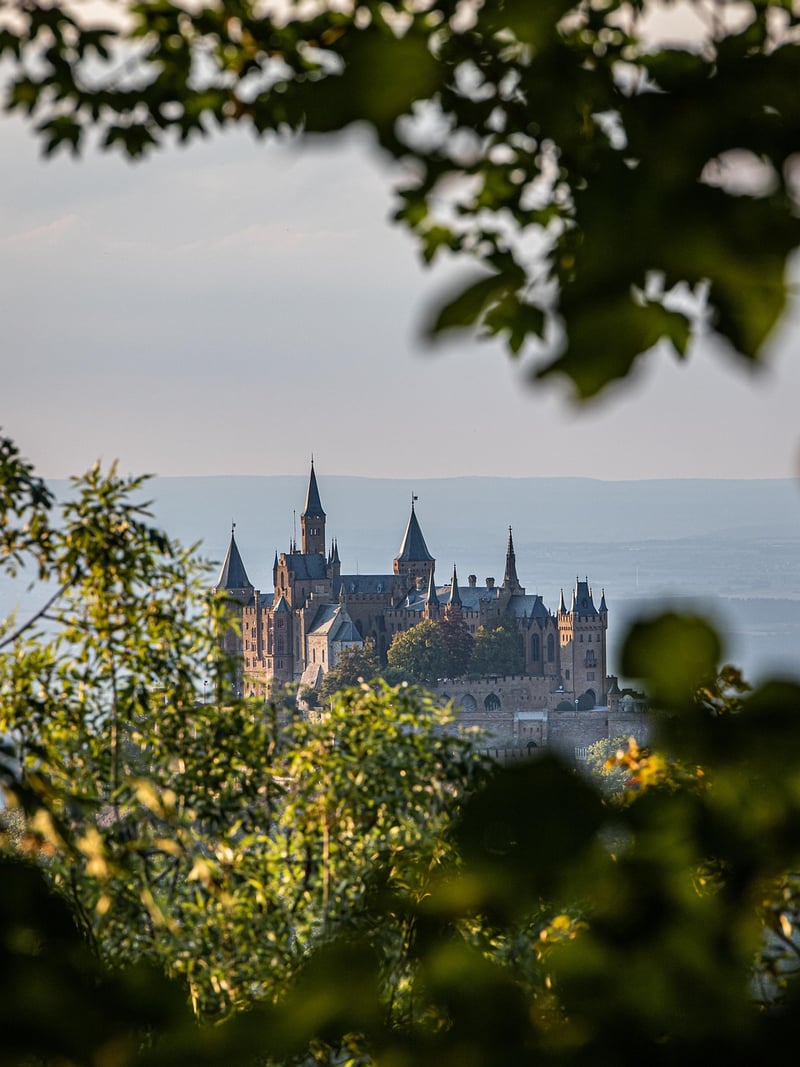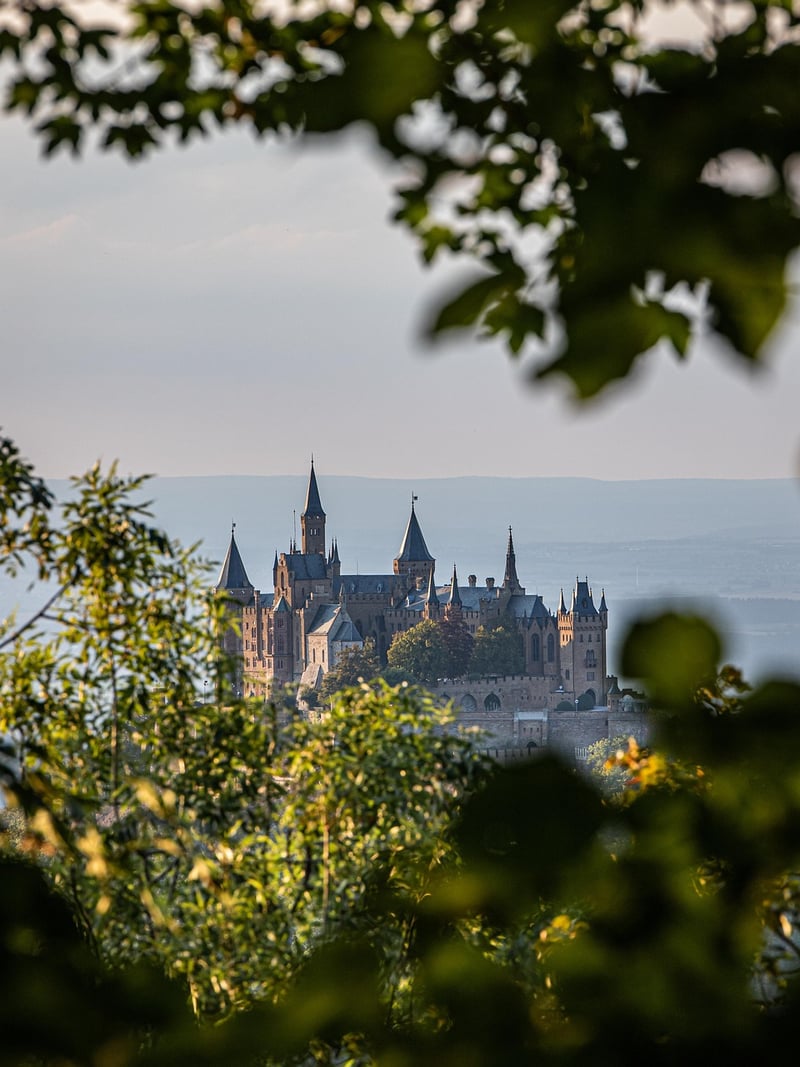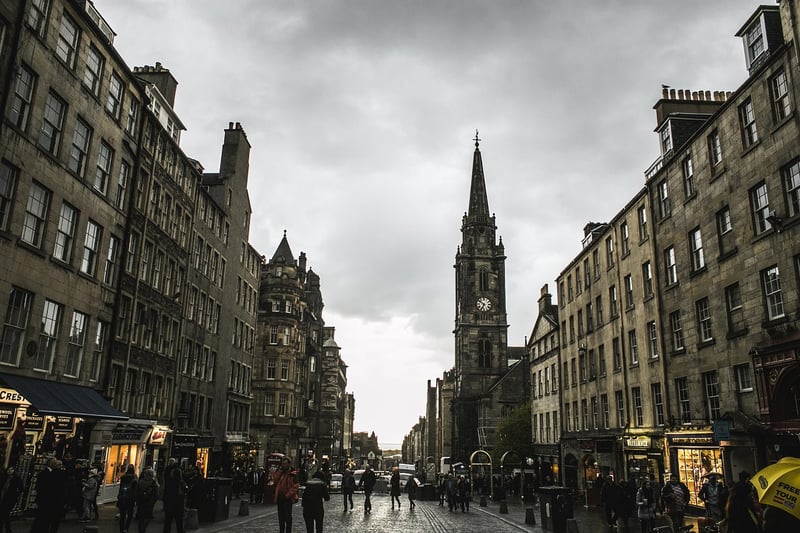Medieval Europe
Discover the Rich History of Medieval Europe

Medieval Europe, often referred to as the Middle Ages, spanned approximately from the 5th to the 15th century. This era was marked by significant social, political, and cultural transformations that continue to impact our world today.
The Dark Ages and the Rise of Kingdoms
Following the fall of the Western Roman Empire in the 5th century, Europe entered a period known as the Dark Ages. During this time, kingdoms and empires vied for power, leading to the emergence of feudalism. Feudalism was a hierarchical system in which land was exchanged for military service and loyalty.
Medieval Architecture and Castles
One of the most iconic features of Medieval Europe is its architecture, particularly the imposing castles that dot the landscape. Castles served as fortresses, residences for nobility, and centers of power. They were often built on strategic locations such as hilltops or near water sources.

The Magna Carta and the Rise of Parliament
In 1215, King John of England signed the Magna Carta, a document that limited the power of the monarchy and established certain rights for nobles. This event is considered a crucial step towards the development of parliamentary democracy in England and beyond.
The Black Death and its Aftermath
In the 14th century, Europe was ravaged by the Black Death, a deadly pandemic that decimated the population. The aftermath of the plague led to significant social and economic changes, including the decline of feudalism and the rise of a more mobile workforce.
The Renaissance and the End of the Middle Ages
The Renaissance, which began in Italy in the 14th century, marked the end of the Middle Ages and the beginning of the modern era. This period saw a renewed interest in art, literature, and science, leading to significant cultural advancements.
Exploring the history of Medieval Europe offers a fascinating glimpse into a world of knights, castles, and courtly intrigue. From the Dark Ages to the Renaissance, the legacy of this era continues to shape our understanding of the past and present.
